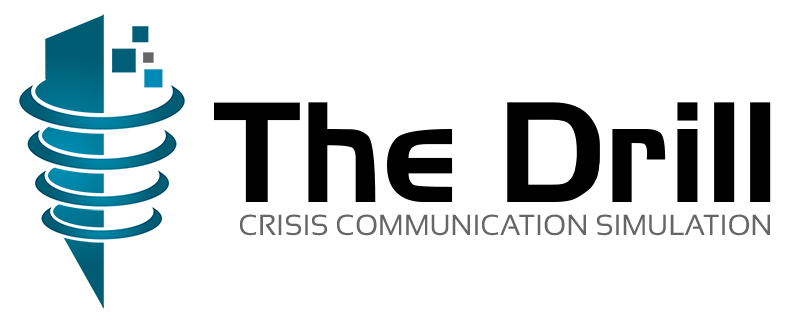Why crisis drills and pain points are key to crisis management planning
When does an issue become a crisis ? When should crisis management planning morph into crisis training? This article helps brands and businesses to assess stakeholder pain points, as a key indicator - and metric - of crisis preparation efforts.
The Comms leader of one iconic Australian brand once quipped that someone else’s crisis event was, for his company, just another Tuesday. Most communications, PR and crisis experts agree there’s no definitive way to discern between issues events and crisis scenarios, but that the key indicators lie in considering the severity of the impacts and outcomes.
It’s the ‘pain outcomes’ that reveal which mode - Issue or Crisis - you’re currently in.
Consequently, crisis managers or risk consultants must assess and document which aspects of their business or operations impact most acutely on their stakeholder groups. Then, they should evaluate and gauge the amount of difficulty, inconvenience, distress and hardship accruing from the impact of the incident. This effort helps organisations gauge the negative consequence of any incident, perhaps moreso than any crisis management plans you have, or crisis simulation workshops you’re planning.
If the consequences are severe - widespread, punitive or deadly, for eg - then you’re likely in ‘crisis’.
Commonly, ‘Issues’ are problems which still have viable options for proactive management or amelioration whereas ‘Crises’ present fewer options, and choices available are exclusively focussed on the very survival of the key stakeholders most acutely affected by the incident.
Issues can flag that a possible crisis is ahead or looming, yet crises are commonly unpredictable, sudden or severe in their consequences. Also, crises can rarely be quickly wound back or undone.
Another important consideration - not always highlighted in crisis management drills or crisis planning workshops - is the time factor relating to organisational threats: Facing ‘Issues’, your company might have months if not weeks to engage with different dynamics of the situation in order to effect a fix or resolution. Crises, by nature, demand instant remediation that need to be effected over a very short time period. Speedy remediation is, of course, needed to minimise the damage of the ‘pain outcomes’ mentioned earlier.
Some crisis management practitioners believe that Issues are all about the company’s operation, whereas Crises are equally bound up in its ‘reputation’. Yet this isn’t universally true. It is possible to have an operating ‘fail’ which quickly morphs into a crisis, and a reputation ‘fail’ which - though profiled by the media as a disaster - has very little fallout among constituents as an issue or a crisis. Communicators and other crisis professional have to ask if their current crisis management plans actually consider these factors.
Finally to a topic I covered in my 2005 pop-academic book ‘Public Relations Disasters’. media coverage. A PR disaster, I outlined, is an incident that generates significant negative media coverage for the brand or entity.
Many practitioners concur that a crisis is signalled when mainstream media outlets refer negatively to the incident and, of course, to your organisation’s role within that debacle. Nowadays, I demur.
Bad news media stories are ten-a-penny and are not accurate predictors or judges of a crisis. With falling circulation and an instantly replaced headline carousel, some bad news stories are not around for long and not noticed by many people at all. But your crisis management experts should be sensitive to these modern changes, rather than operating from a old paradigm.
A more reliable differentiator between issues and crises today, are the pain points experienced by the most affected stakeholders. A more effective way to enhance any crisis management planning your business is undertaking, is to run a fully interactive trans-media crisis simulation, like The Drill. In-person or online, the choice is yours.
